
Clinical Orthodontics: Current Concepts, Goals And Mechanics
Produs indisponibil momentan. Pentru comenzi va rugam trimiteti mail la adresa depozit2@prior.ro sau contactati-ne la numarul de telefon 021 210 89 28 Vedeti mai jos alte produse similare disponibile.
Disponibilitate: Acest produs nu este momentan in stoc
Autor: Ashok Karad
Editura: Elsevier
Limba: Engleza
Nr. pagini: 540
Coperta: Hardcover
Dimensiuni: 216 X 279 mm
An aparitie: 30/08/2019
|
Description:
Clinical Orthodontics: Current Concepts, Goals and Mechanics, now in its second edition, focuses on the clinical aspects of art and science of orthodontics. The book primarily centres around contemporary treatment principles and techniques, and redefines orthodontic treatment goals in accordance with the current understanding of the science. Newer treatment methods are highlighted with unbiased treatment approach to produce high-quality results.
|
|
Features:
|
|
Revised and updated chapters covering important areas of the subject Each chapter is supported by well-documented clinical cases and high-quality illustrations for better understanding Exclusive chapters include: Digital Imaging in Orthodontics, Interdisciplinary Orthodontics, Excellence in Finishing, Functional Occlusion Goals in Orthodontics, Lingual Orthodontics, Role of Skeletal Anchorage in Modern Orthodontics, Optimizing Orthodontic Treatment, and Management of an Orthodontic Practice Chapter contributions by a dynamic group of leading world-class clinicians, researchers, teachers and authors, delivering cutting-edge information
|
|
New To This Edition:
|
|
Craniofacial Growth: A Clinical Perspective Role of Skeletal Anchorage in Modern Orthodontics Optimizing Orthodontic Treatment
Table of Contents:
|
1. Craniofacial growth: A clinical perspective
Cranial base
Maxilla
Mandible
Dental arches
Horizontal and vertical growth inter-relationship
Overbite changes
Facial soft tissue growth
Post-treatment craniofacial growth
Ageing: Skeletal and soft tissue changes
Conclusion
References
2. Diagnosis and treatment planning
Diagnostic information
Defining treatment goals
Orthodontic treatment planning
Conclusion
References
3. Digital imaging in orthodontics
Digital clinical photography
Tips for capturing the perfect digital clinical photograph
Communication: Case presentation, patient education, and marketing
Computerized cephalometry: Tracing, superimposition, and treatment planning
Growth/treatment prediction and visual treatment objective (VTO)
Three-dimensional radiography: Why cone beam computed tomography (CBCT)?
Caveats of cone beam
CBCT basics and terminology
Dosimetry: 2D VS 3D
Conclusion
Acknowledgements
References
4. Sagittal discrepancies
Development of a sagittal problem
Diagnosis of sagittal discrepancies
Treatment planning
Treatment of sagittal discrepancies
Conclusion
References
5. Vertical discrepancies
Development of a vertical problem
Diagnosis of vertical discrepancies
Treatment planning
Treatment of vertical discrepancies
Conclusion
References
6. Transverse discrepancies
Development of a transverse problem
Diagnosis of transverse problems
Transverse discrepancies: Their relationship with sagittal and vertical dimensions
Treatment planning considerations
Treatment of transverse discrepancies
Conclusion
References
7. Surgical orthodontics
Diagnosis and treatment planning
Cephalometrics for orthognathic surgery
Orthodontic preparation
Orthodontics for surgical patients
Surgical procedures
Conclusion
References
8. Role of skeletal anchorage in modern orthodontics
Various skeletal anchorage used in modern orthodontics
Placement of LIM plate system
Cases using LIM plate system
Cases using mini-implant placed in the retromolar area of the mandible
Conclusion
References
9. Lingual orthodontics
Key diagnostic and treatment planning considerations
Bracket positioning, laboratory setup and bonding procedure
Archwires used in lingual therapy
Anchorage control
Treatment sequence
Various lingual appliance systems
Biomechanics and case selection
Conclusion
References
10. Management of cleft lip and cleft palate patients
Role of the orthodontist
Infancy
Orthodontic/orthopaedic treatment in the primary dentition
Mixed dentition
Permanent dentition
Conclusion
References
11. Treatment of periodontally compromised patients
Minimal periodontal involvement
Moderate periodontal involvement
Severe periodontal involvement
Finishing and retention
Conclusion
References
12. Interdisciplinary orthodontics
Interdisciplinary philosophy
Periodontally compromised patient
Ortho-restorative interrelationship
Management of congenitally missing maxillary lateral incisors
Aesthetics
Unstable occlusion
Conclusion
References
13. Functional occlusion goals in orthodontics
Goals of orthodontics for occlusion
Mandibular position as a functional goal of orthodontic treatment
Joints first
Anatomy of the temporomandibular joints
Optimum condylar position
Jaw movement recordings
Disc displacement
Continuum of change in disc displacement
Disc displacement and orthodontic treatment
Diagnosis for the practice of a functional orthodontic treatment
Case report
Conclusion
References
14. Excellence in finishing
Occlusal parameters
Periodontal factors
Aesthetic parameters
Conclusion
References
15. Retention and stability: A perspective
Requirements for retention and stability
Normal changes in the untreated dentition
Changes in the treated dentition
Retainers and post-treatment occlusion
Factors to consider in the maintenance of long-term stability
The phase of maintenance: Phase 3
Clinical treatment recommendations
The future
Final comments
References
16. Optimizing orthodontic treatment
Specific features of orthodontic treatment
Practice environment
Variables affecting treatment outcome
Conclusion
References
17. Management of an orthodontic practice
Scheduling
Goal setting
Appointing rules
Building the standards or grids
Notify patients of change in next appointment
Appointing policy
Sample appointing policy for new patients
Start slots
Electronic sign-in
Electronic treatment card
Staying on time
Changes at the front desk
Morning meeting report
Red-dot, green-dot calendar
Vertical calendar
Key performance indicators
Practice building
Patient compliance
Finishing patients on time
12-month review, staff to ask
Overhead analysis/cost containment
Conclusion
18. Epilogue
The unchangeable
Sustaining and disruptive technologies
Three-dimensional imaging
Mass-produced customized orthodontic appliances
Technology, processes and behaviour
References
Index
| An aparitie | 30/08/2019 |
| Autor | Ashok Karad |
| Dimensiuni | 216 X 279 mm |
| Editura | Elsevier |
| Format | Hardcover |
| ISBN | 9788131237397 |
| Limba | Engleza |
| Nr pag | 540 |


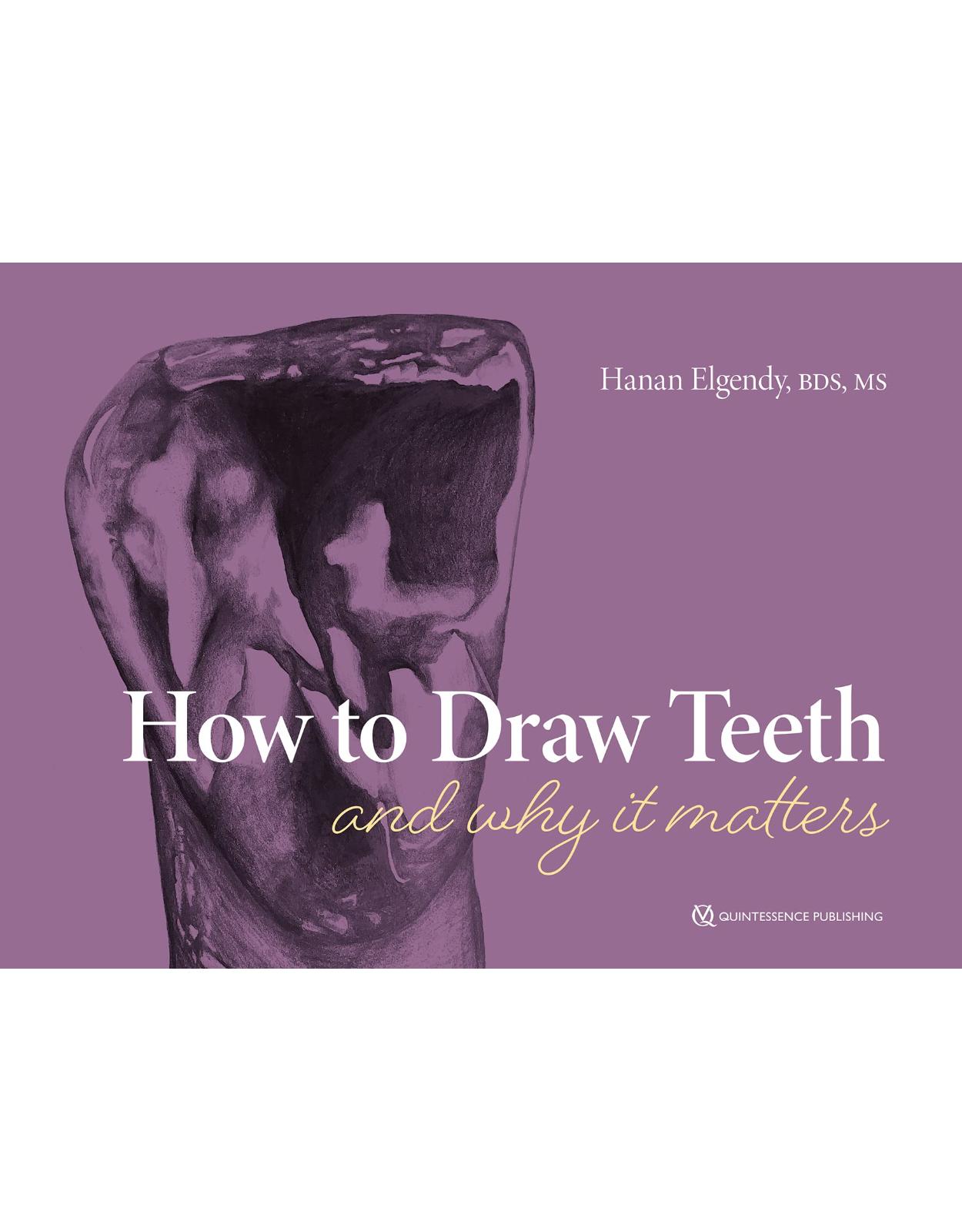
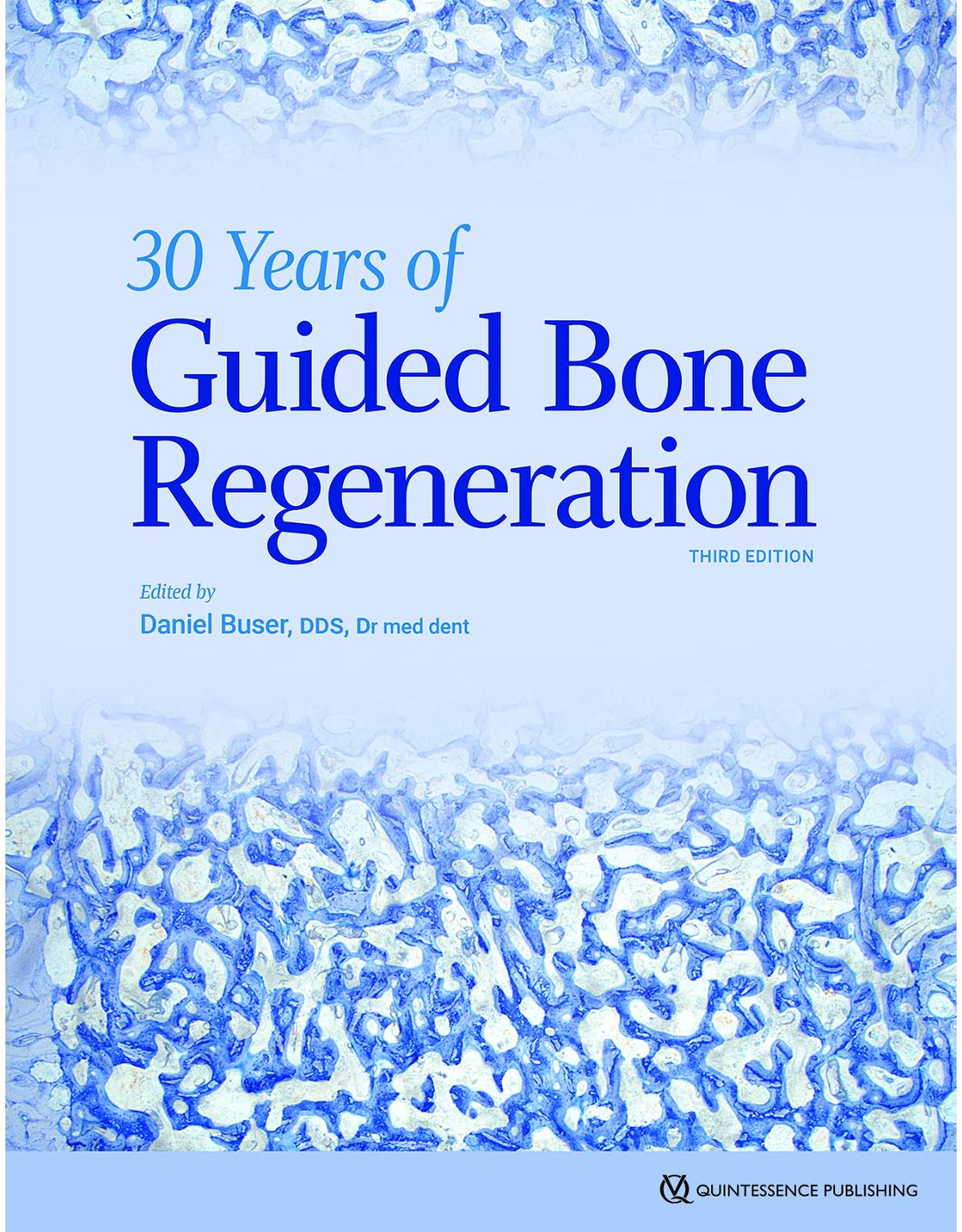
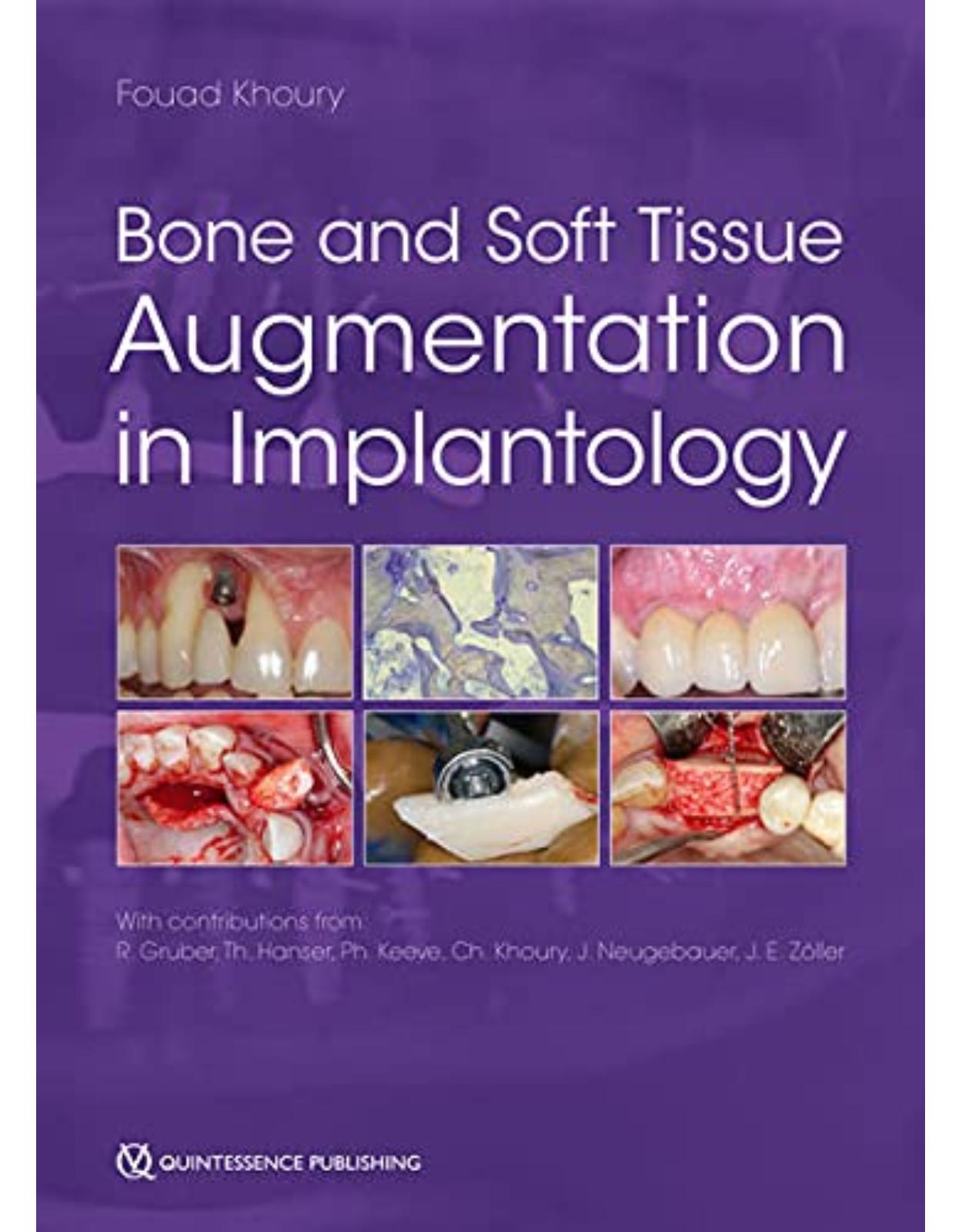
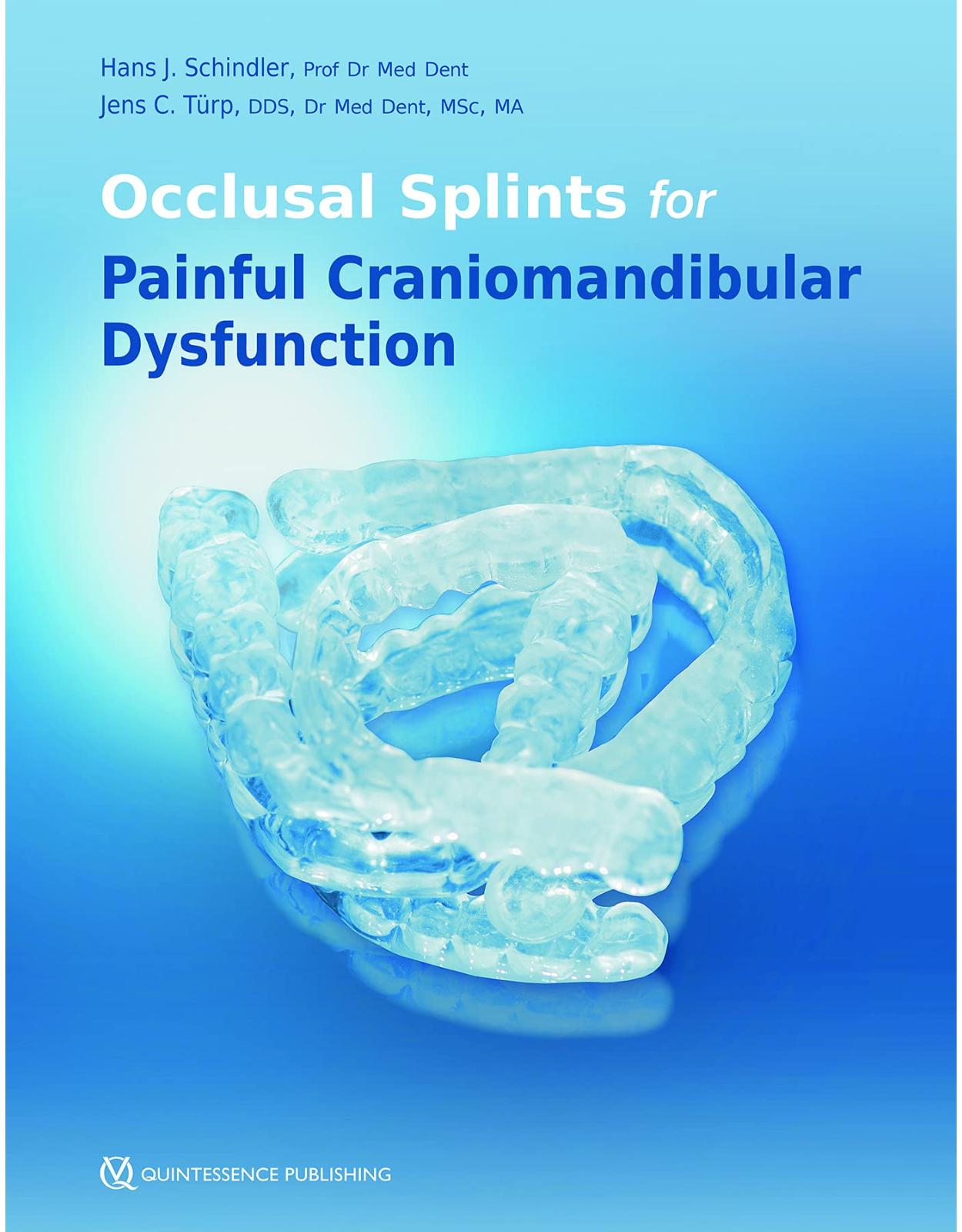
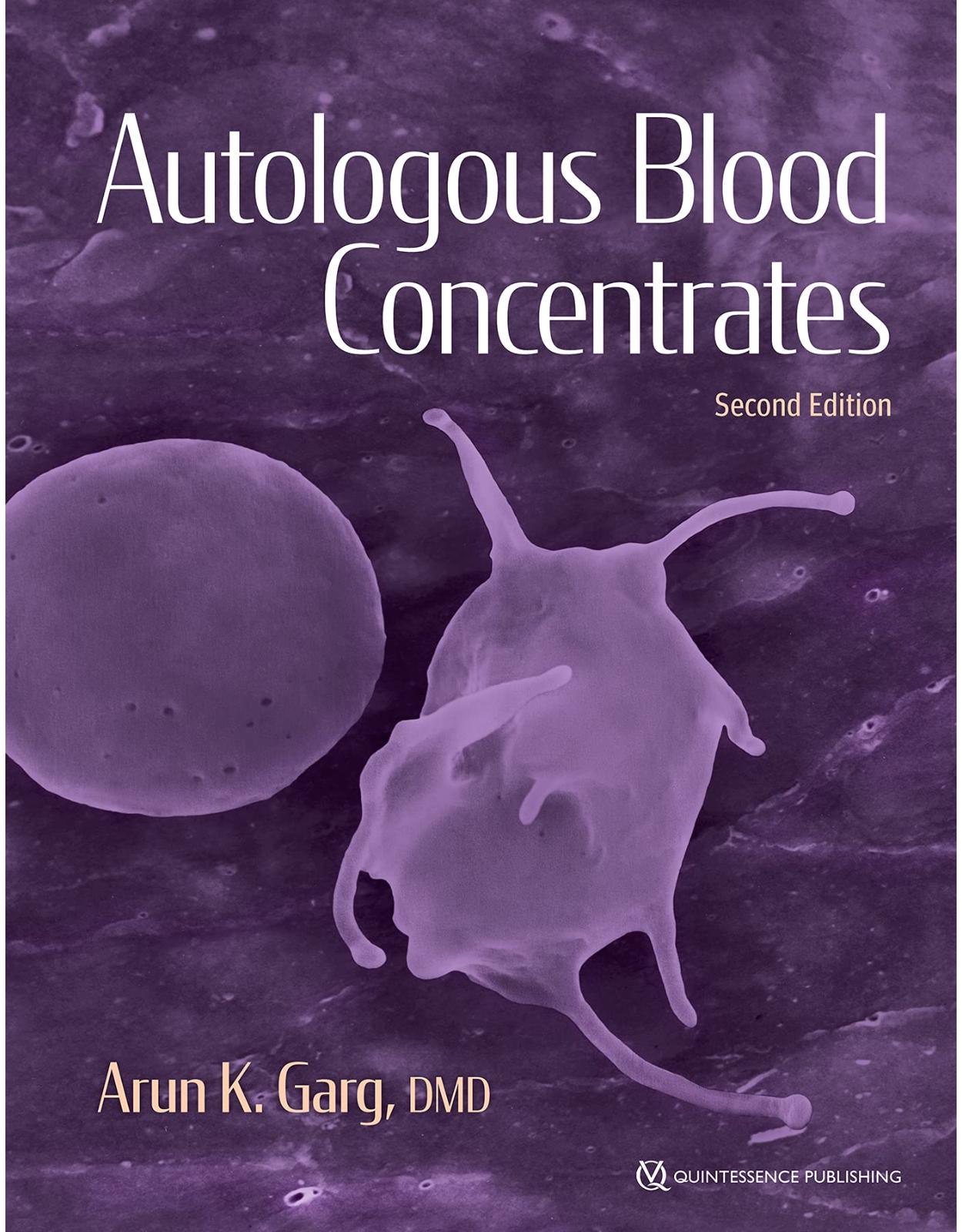
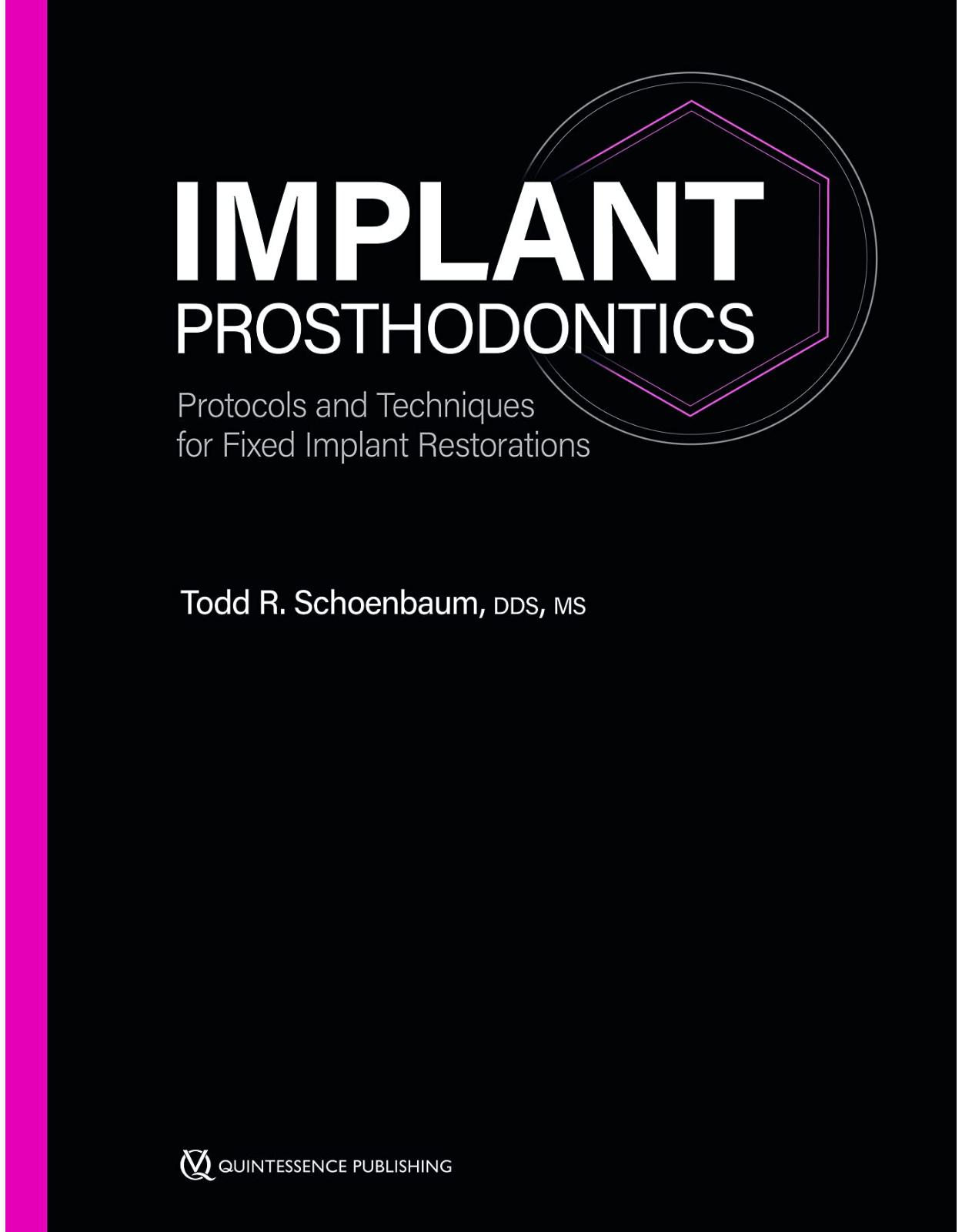
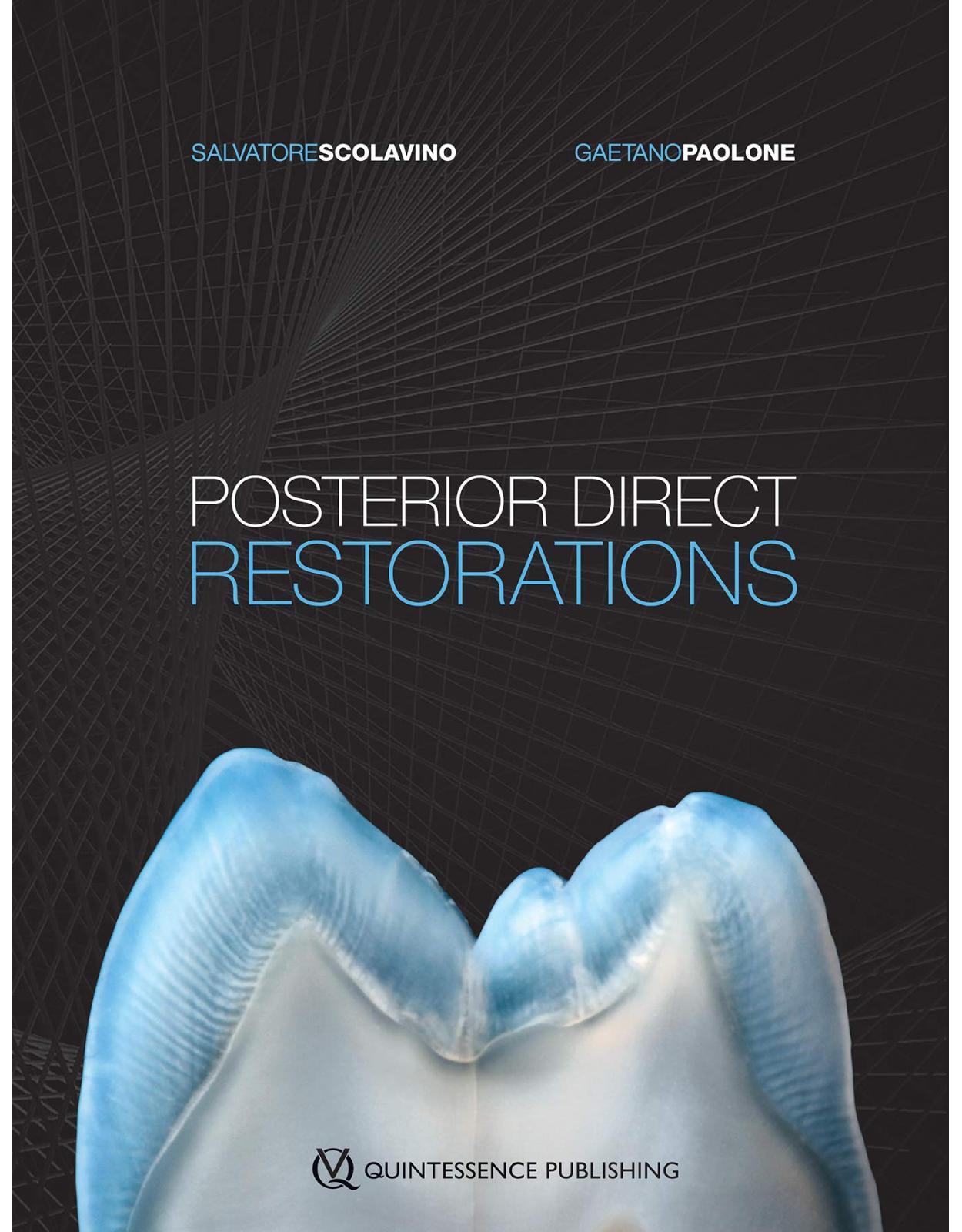
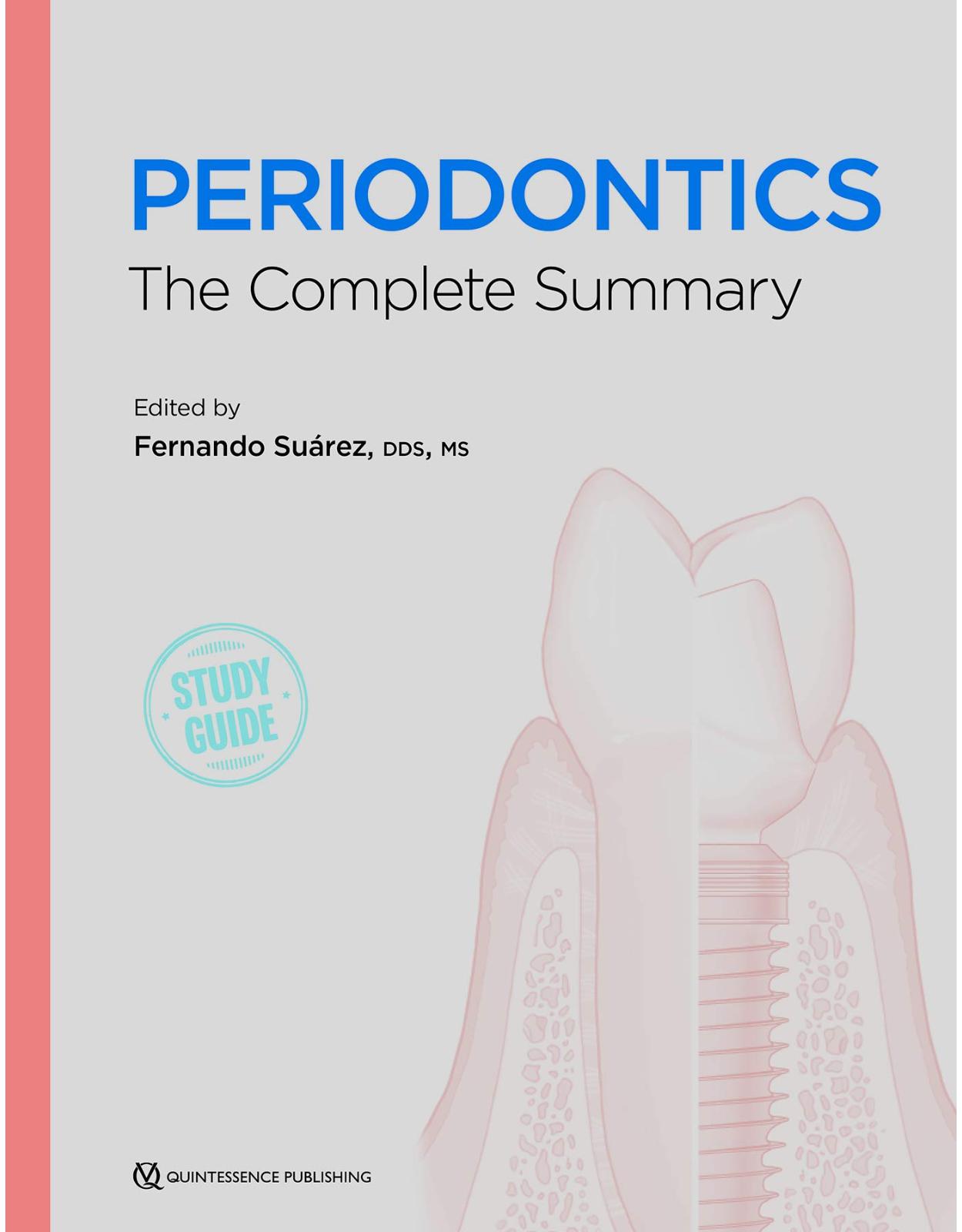
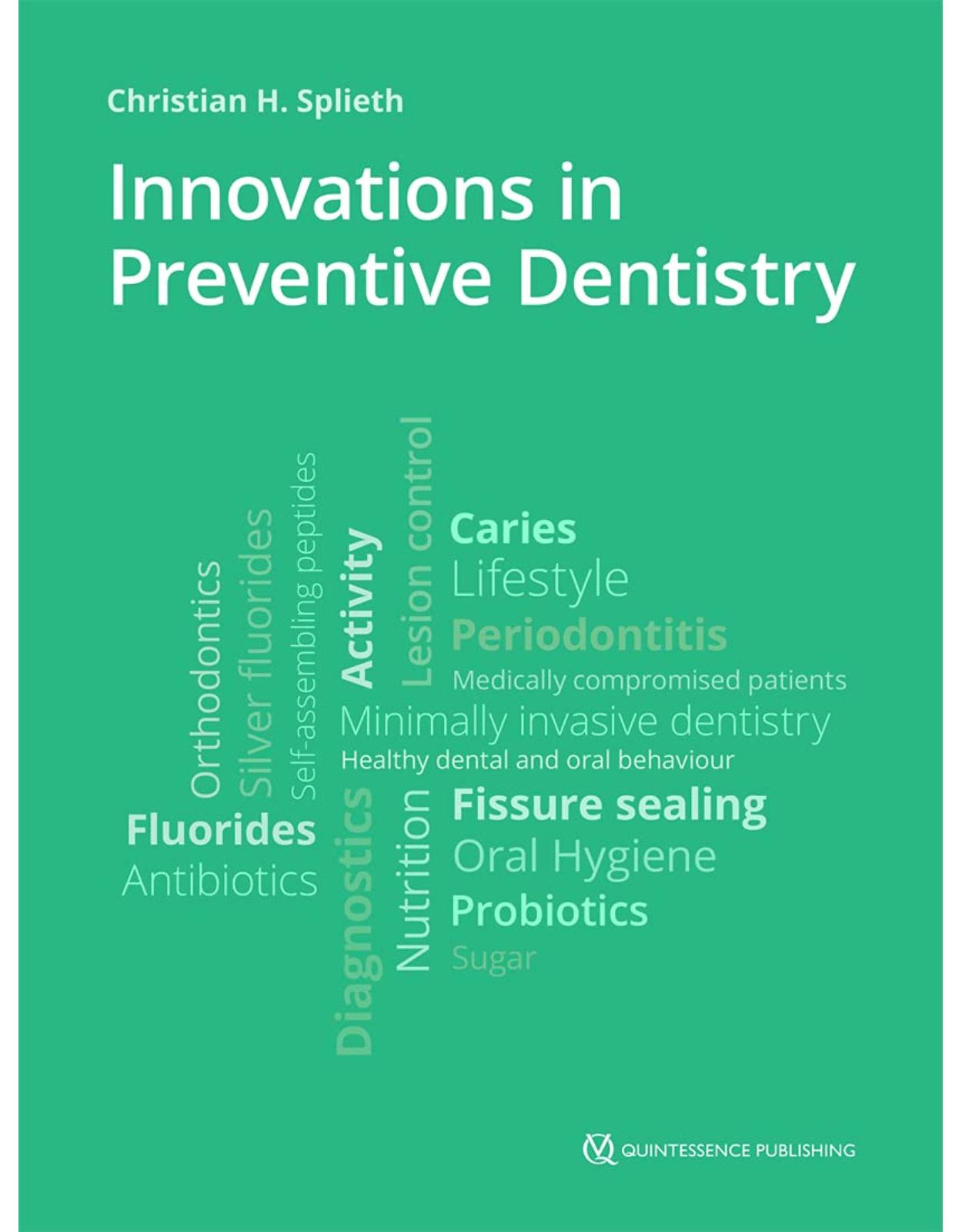
Clientii ebookshop.ro nu au adaugat inca opinii pentru acest produs. Fii primul care adauga o parere, folosind formularul de mai jos.